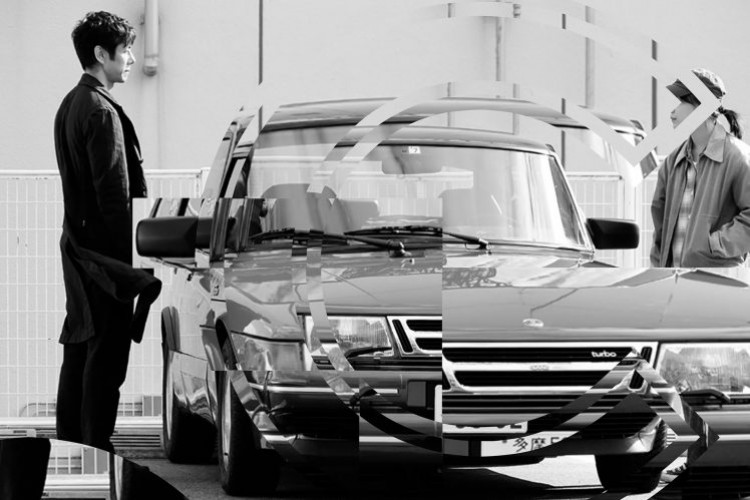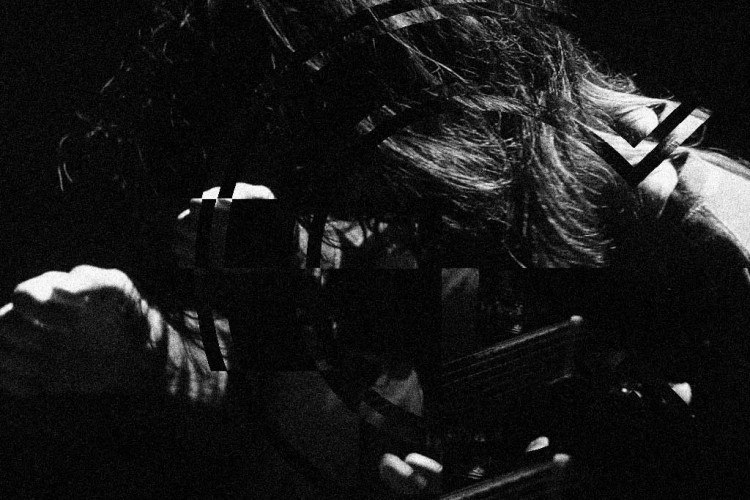
The last essay series I concluded on the theme of Online In Real Life was a reflection to my personal observation and a rash I have stopped scratching. It was an embrace to our perpetual online society, where I have accepted today’s generation of human communication and how it is not supposed to be interpreted negatively, but to comprise the difference through its evolvement.
Coming back to Jakarta with a new perspective in mind, given the idea that I will be immersing myself in to a society like so, I have taken my deep breaths and stepped in with my foot following one after the other. In face-to-face meetings and hangouts, I have taken my assumption: to have my peers consumed to a connection through their own devices for most of the time, while it is not part of our direct conversation. Though sometimes there are reasons to it, often those reasons detach to the experience of having to be present in the moment (in real life). With that, the concern has shifted to those who are connected anywhere else, but in the moment.
Several months ago, I stumbled upon an advertisement in promoting an easy-tap cash transaction for consumers of a certain local telecommunications provider. It was obvious that the brand was advertising the easy-convenience of payment, still the advert did not involve any direct human interaction – despite the fact in each acts of transaction from the customers (multitasking from talking on the phone, taking a selfie photo together, to playing a game on their own device) was paying in a counter, where a store clerk stood by, smiling in acknowledgment of the customer.
To my confusion, I was quite baffled with the advert, as it seemed that not only was the service was being promoted, but the context that it was placed in. Moreover, this seems to be the case in portraying visual communication in advertisements of telecommunications provider: the activity of being online rather than the experience of the interaction.
Though in my personal experience, I feel relieved as many of my close friends and peers live up to the idea of fulfilling meetings with long rambles and sharing ideas through face-to-face conversations. Still, I can’t help question it as I look around: is face-to-face conversation dying?
Reality check: it isn’t. Online communication has not exactly diminished face-to-face conversations, but perhaps its deterioration is surfacing and has become more obvious with our smartphones constantly in our grip. The presence we put ourselves within online environments works through two-way communication too, where comments and reacted responses are also ways to show interaction in between.
As explained by Alexandra Samuel in ‘10 Reasons to Stop Apologizing for Your Online Life’, “What remains are the fundamentals: human beings, human conversations, human communities. To say that “reality” includes only offline beings, offline conversations and offline communities is to say that face-to-face matters more than human-to-human.” To compare the two is not essentially the argument that we should debate thoroughly, but the latter of the two is what (offline and online) communication is essentially about.
As we grow through the evolving technology and its impactful changes, it seems that face-to-face is broadly around, only reduced due to more ways to communicate non-verbally. From letter-long e-mails to instant message replies in the form of GIF image, face-to-face interaction has never gone away, and perhaps won’t be soon until it will. (*knocks on wood*) In a Metro article entitled ‘Has Technology Killed Our Ability to have a Face-to-Face Conversation?’, Marc Chacksfield was quoted as he says, “The spoken word is not a test of knowledge. It is an opportunity to shift the way people think, feel and act. It is a more emotional medium than the written word.”
The way we have integrated our way of communicating online to our daily habits has made communication faster, more directed, with less time consumed in its convenience. We have also simplified our ways in communicating face-to-face as we stopped acknowledging the effort, the experience, the emotions, and we are spoiled to such a treatment that often, to spend offline quality time is being taken for granted. According to Sherry Turkle in her Sunday Review of ‘Stop Googling. Let’s Talk’, she asserts that to reclaim face-to-face conversation starts with reclaiming ourselves through inner dialogue, where “… Doing one thing at a time is hard, because it means asserting ourselves over what technology makes easy and what feels productive in the short term. Multitasking comes with its own high, but when we chase after this feeling, we pursue an illusion. Conversation is a human way to practice unitasking.”
Online communication, in a way, is a blessing. It compresses time, shortens distance, and has the power to reach out from strangers to loved ones. We are in the entertainment of others’ lives in compacted feeds and through taps, clicks-away. The world is much smaller and celebrations can be interacted simultaneously across the globe. Tasks are done concurrently, and interactions can overlap.
Yet, the question lingers: Have we let ourselves consumed most of our time to effortless communication, that we have stopped realizing in fulfilling a meeting experience by being (actually) present?
—
“Human to Human In Real Life” ditulis oleh:
Yanti Sastrawan
Balinese-ish, Nutella enthusiast. Aside from wandering through parks and paths, she finds passion in picture books, illustration, as well as storytelling, and highly supports dance recesses.











